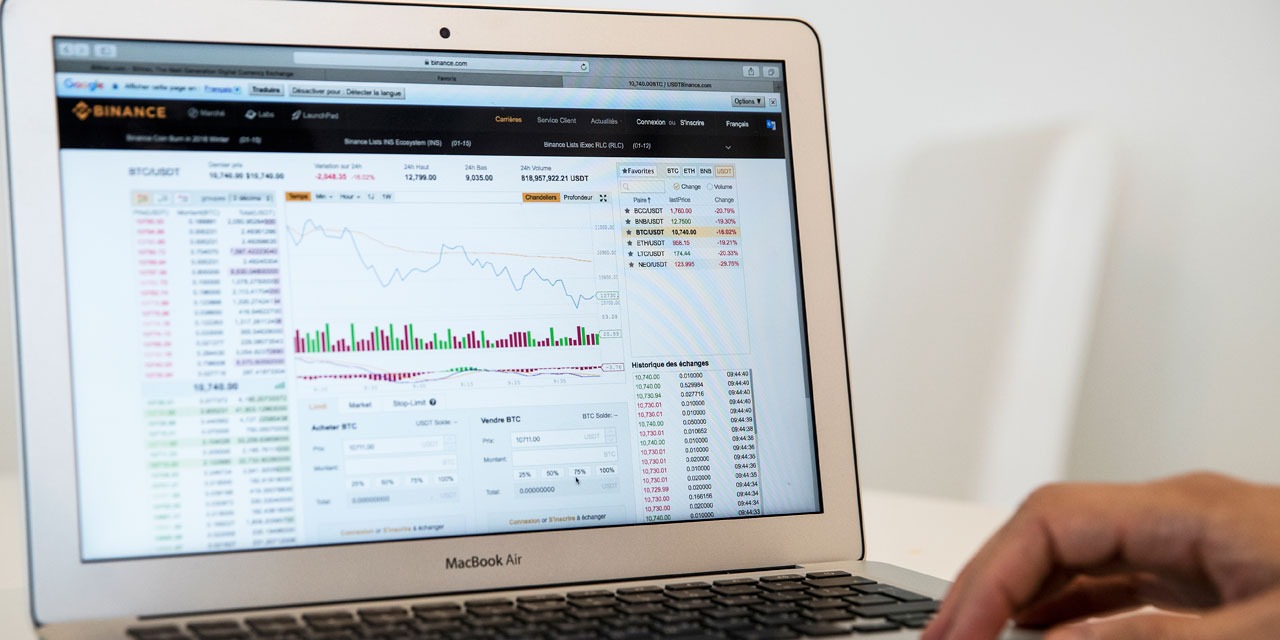The growth of France's gross domestic product (GDP) is expected to slow to 1.3% in 2019, after 1.7% in 2018, supported by fiscal measures and despite a slightly negative contribution from foreign trade, the report said. Insee Thursday.
This level of growth, the same as that forecast by the Banque de France, the IMF, the OECD or the European Commission, is slightly higher than that anticipated for the euro area as a whole (1.2%). It would be achieved thanks to a purchasing power up 2.3%, the highest increase since 2007, according to the economic outlook published by the National Institute of Statistics. Per unit of consumption, ie taking into account the composition of households, the expected increase is 1.8%.
On the one hand, there are risks of headwinds on world trade, on the other hand support factors that are more and more popular, "said Julien Pouget, head of the economic affairs department of INSEE. , during a presentation of this note. Among these supports, the revaluation of the activity premium, the decline of the CSG for some retirees or the removal of a second third of the housing tax for 80% of French.
A level of growth that should allow the creation of more than 240,000 jobs
In detail, the statistical institute sees growth maintain a stable growth rate of 0.3% per quarter until the end of the year. This level would result in 241,000 net job creations and a drop in unemployment by around 0.1 points per quarter, with a rate expected to fall to 8.3% in the last quarter, compared to 8.8% at the end of 2018. Inflation would stabilize between 1% and 1.5% to reach 1.4% at the end of the year year-on-year. After 1.8% on average over 2018, the rise in prices would thus move away from the level close to 2% recommended by the European Central Bank.
In a context of increased trade tensions and the prospect of a Brexit whose terms remain unknown, the expansion of world trade would slow to 2.6%, against 4.8% in 2018. Also the increase in exports should be squeeze, and the contribution of foreign trade to growth, positive 0.7 percentage point of GDP last year, become slightly negative, by 0.1 point, still provides the INSEE.
INSEE forecasts an unemployment rate of 8.3% at the end of 2019, down 0.5 point over one year
INSEE forecasts an unemployment rate of 8.3% of the workforce at the end of 2019, down 0.5 point year on year, according to its quarterly economic outlook published Thursday.
This would be the lowest level since the end of 2008, even though it would still be one point above the pre-crisis level at the beginning of 2008 (7.2%).

